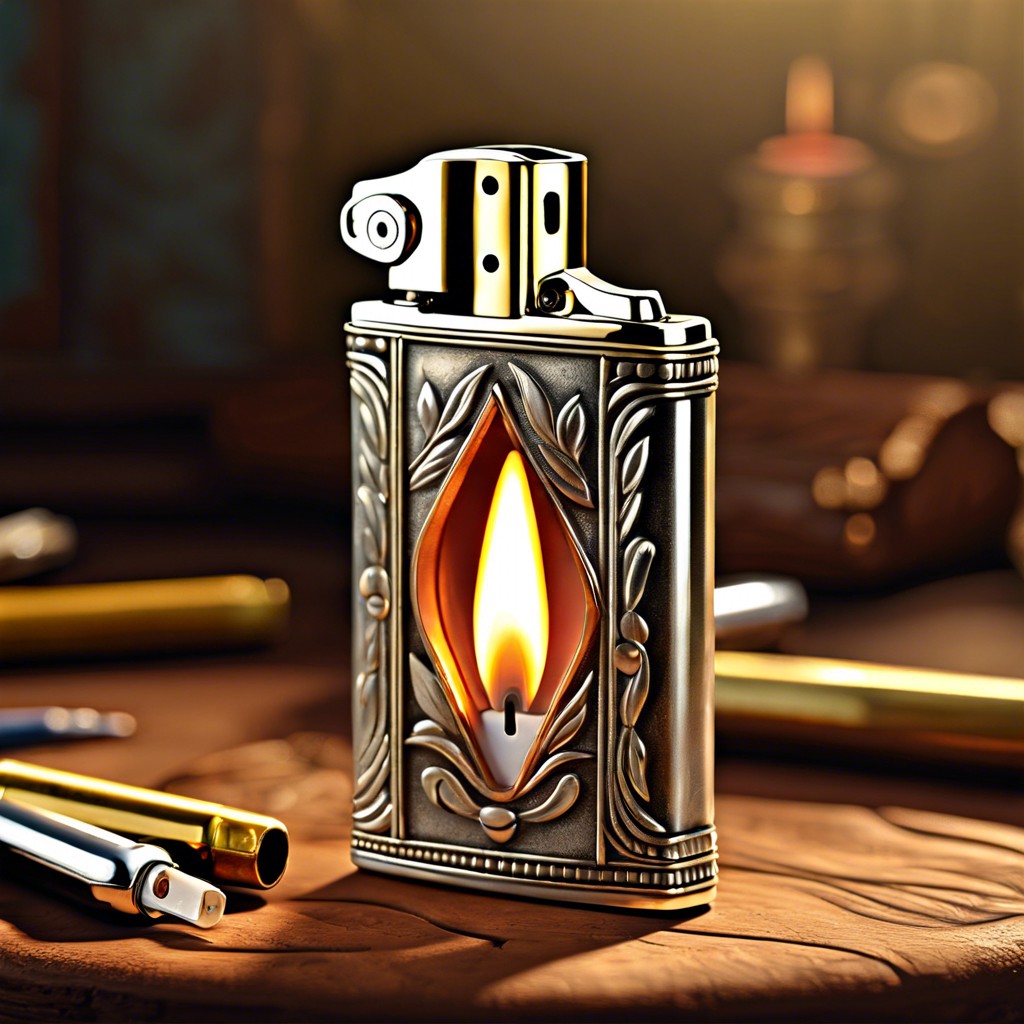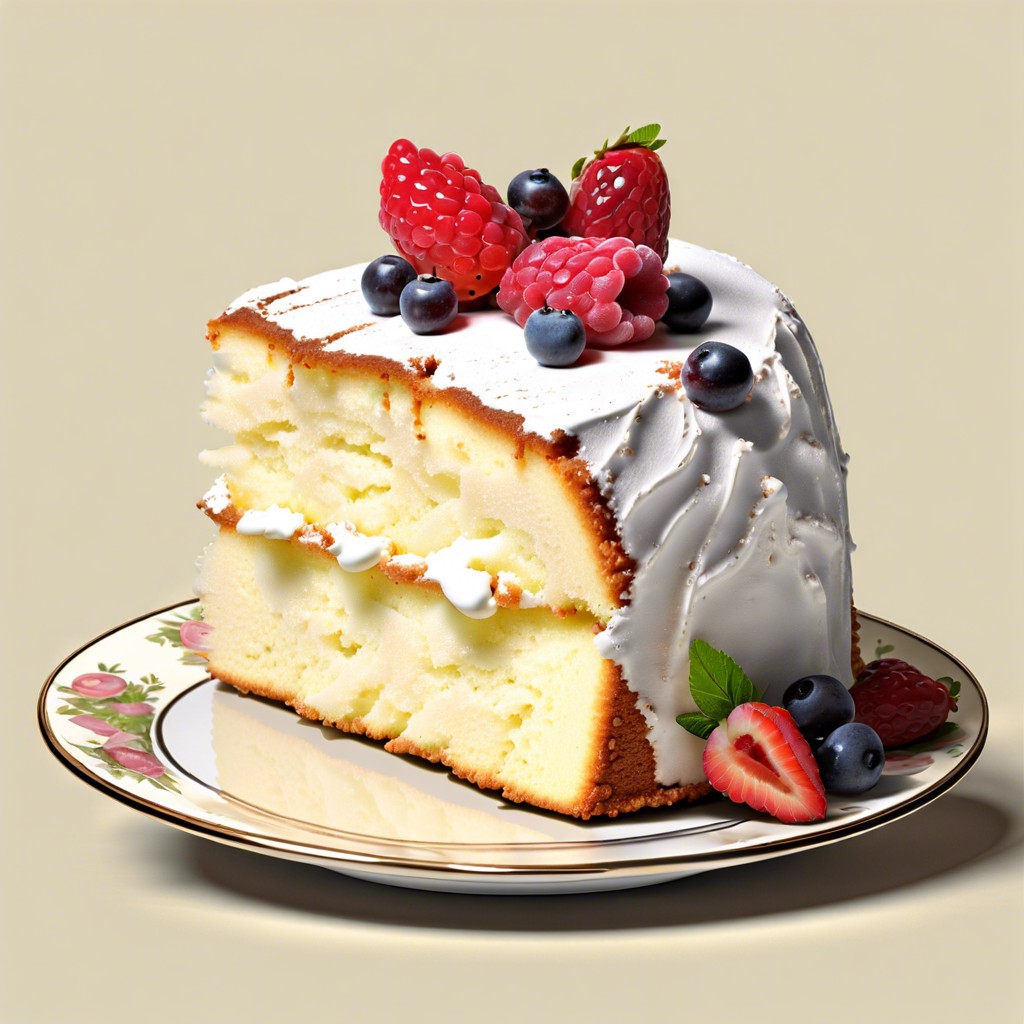Last updated on
Discover the allure and practical considerations of collecting vintage lighters in this article.
Key takeaways:
- Vintage lighters have a rich history dating back to the early 1900s and have become highly collectible for their craftsmanship and historical value.
- Identifying valuable vintage lighters involves assessing factors such as age, material, craftsmanship, brand, and historical connections.
- The top five most sought-after vintage lighter brands are Zippo, Dunhill, Ronson, Cartier, and Evans.
- Maintaining and repairing vintage lighters requires regular cleaning, wick and flint inspection and replacement, proper fluid refill, and professional assistance if needed.
- When buying and selling vintage lighters, options include antique shops, online platforms like eBay and Etsy, collector forums, social media groups, and reputable auction houses. Verify sellers’ reputations and ensure clear descriptions and photos.
History of Vintage Lighters

Vintage lighters trace back to the early 1900s, originally designed as practical tools for smokers before becoming collectibles cherished for their craftsmanship and historical value. Early models were often simple, using strikers or wick and flint mechanisms, while later designs integrated more sophisticated features like wind guards and artistic embellishments.
During the 1920s and 1930s, companies like Ronson and Zippo began to dominate the market, introducing automatic lighters that offered convenience and reliability. These decades saw a boom in lighter design innovation, influenced by Art Deco styles and the era’s emphasis on sleek, functional fashion.
World War II marked a significant chapter in lighter history, with soldiers carrying these items as essential gear. Many vintage lighters from this period bear engravings that reflect their military origins, making them highly prized by collectors.
Post-war, the 1950s and 1960s brought about lighters with more elaborate decorations and branding opportunities, often used by companies as promotional items. This period emphasized aesthetic appeal alongside functionality, with designs that featured everything from company logos to vibrant color schemes.
Each era left its mark on lighter design, reflecting broader social and technological shifts. Today, these pieces are not just tools but tokens of a bygone era, offering a spark of nostalgia to those who appreciate their historical and artistic significance.
How to Identify Valuable Vintage Lighters

Assessing the age of a lighter can significantly boost its value. Look for manufacturing codes, patent numbers, or dates stamped on the lighter. Earlier versions, especially pre-World War II pieces, often carry higher value due to their rarity and historical significance.
Examine the material and craftsmanship. High-quality metals like silver or gold, and intricate designs or enamel work, suggest a higher value. Limited edition releases or collaborations often fetch higher prices.
Consider the brand and model. Certain brands, like Zippo, Dunhill, or Ronson, are highly prized among collectors, especially models that ceased production long ago.
Check for originality and condition. A lighter in its original packaging, with documentation or untouched condition, is generally more desirable. Even if a lighter shows signs of wear, authenticity sustains its worth over a replica or a refurbished piece.
Watch for historical connections. Lighters with provenance linked to significant historical events or personalities may see their values skyrocket. Always verify such claims through proper channels to confirm authenticity before a purchase.
Top 5 Most Sought-after Vintage Lighter Brands

Zippo lighters stand out for their windproof design and were widely used by American soldiers during World War II, making them highly collectible.
Dunhill, a luxury brand, offers the Rollagas model, famous for its elegant design and dependability since the 1950s.
Ronson produced the iconic Varaflame, introduced in the 1960s, renowned for its adjustable flame and stylish appearance.
Cartier, recognized for opulence, has created lighters that are more than functional; they are a statement of fashion and class.
Evans, an American brand, was immortalized by its art deco style cases and combination units featuring a lighter and cigarette case, peaking in popularity from the 1930s to 1950s.
Collectors value these brands for their historical significance, craftsmanship, and aesthetic appeal. Whether displayed on a shelf or used in daily life, these lighters offer a piece of history that ignites more than just a flame.
Tips for Maintaining and Repairing Vintage Lighters

Regular cleaning is crucial to keep your vintage lighter in top shape. Use a soft cloth and rubbing alcohol to gently remove grime and buildup.
Inspect the wick for wear and tear. Trim it to ensure the flame burns cleanly and efficiently. Replace the wick if it appears overly charred or too short.
Refill the lighter fluid properly. Avoid overfilling to prevent leakage, which can damage the lighter’s exterior and mechanism.
Check the flint regularly. A worn flint can make sparking difficult. Replace it as needed, ensuring compatibility with the lighter model.
If you’re not confident in disassembling complex parts, consult with a professional. Mishandling can cause irreparable damage, especially with rarer models.
Store your lighter in a dry place to prevent rust and corrosion. Consider a velvet-lined drawer or a dedicated storage case to protect its finish.
Where to Buy and Sell Vintage Lighters

Scouring antique shops can yield some unexpected treasures, including vintage lighters. These establishments often house a variety of collectibles from different eras. For those who prefer the convenience of home browsing, online platforms like eBay, Etsy, and Ruby Lane are excellent for finding a wide array of vintage lighters. Online sites allow sellers to provide detailed descriptions and photos, making it easier to verify the authenticity and condition of the lighter before purchasing.
Joining online forums and social media groups dedicated to lighter collecting can also be incredibly beneficial. Here, seasoned collectors often share tips on current sales and auction notices. Additionally, for purchasing or selling rarer and higher-value items, consider reputable auction houses that specialize in antique collectibles. They can offer professional appraisals along with access to a more targeted audience of serious collectors.
Lastly, always remember to verify the seller’s reputation and review any return policies or authenticity guarantees when buying vintage lighters. For sellers, providing clear, detailed photos and being transparent about the item’s condition are best practices.




